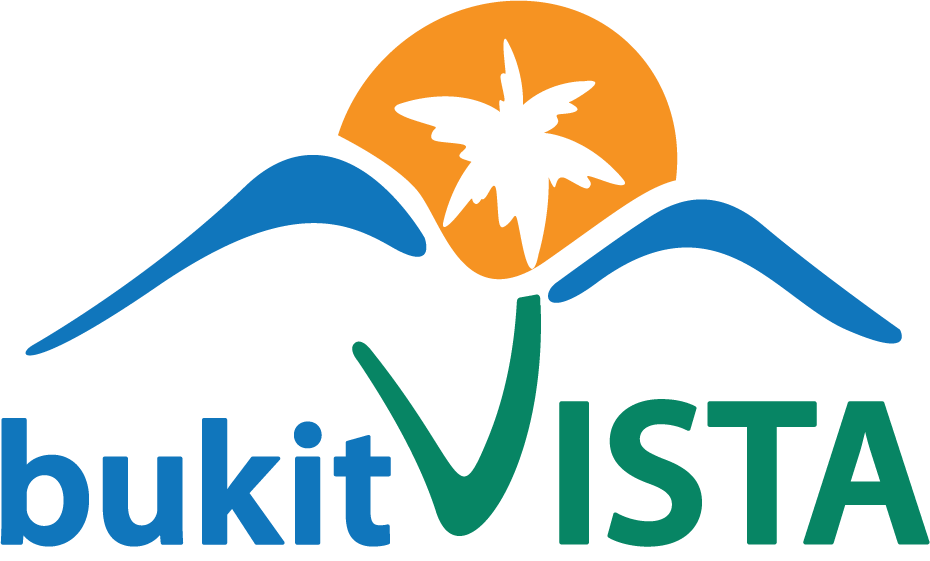Pricing strategies play a crucial role in determining the success of property investments, particularly in volatile market conditions. Investors and property managers often debate between two approaches: fixed pricing and dynamic pricing. Both have their pros and cons, but in periods of uncertainty—such as economic downturns, travel restrictions, or seasonal fluctuations—the ability to adapt pricing effectively becomes the key to maintaining revenue stability.

Hello, I’m Jason, a Business Journalist at Bukit Vista and in this article, we will explore the advantages and disadvantages of both fixed pricing and dynamic pricing, focusing on which approach is more effective in responding to market turbulence.

Fixed pricing is a static pricing model where the cost of a rental property remains unchanged regardless of market conditions. This strategy is often used by property owners who prefer consistency and simplicity over market-driven adjustments.Advantages of Fixed Pricing:
- Simplicity – No need to monitor market trends or make frequent adjustments.
- Predictability – Easier to forecast revenue and plan finances.
- Familiarity for Guests – Repeat guests appreciate stable pricing.
Disadvantages of Fixed Pricing:
- Uncompetitive in Low-Demand Periods – When demand drops and competitors lower their rates, fixed pricing becomes too high, leading to lower occupancy.
- Loss of Revenue in High-Demand Periods – Fixed rates do not take advantage of peak demand, resulting in missed opportunities for higher earnings.
- No Flexibility – Market conditions change rapidly, and a rigid pricing structure fails to optimize revenue.
Example of Fixed Pricing in Action:
A villa in Bali is priced at $150 per night, regardless of demand.Failure to adjust pricing based on demand results in inefficiency in revenue management.
- During high season: Nearby properties charge $250 per night, but the fixed-priced villa remains at $150, missing potential revenue.
- During low season: Competitors reduce their prices to $100 per night, but the fixed-priced villa remains at $150, leading to lower occupancy and lost bookings.

Dynamic pricing is a flexible pricing model where rental rates fluctuate based on real-time market conditions, such as demand, seasonality, competitor pricing, and booking trends. This method leverages data and automation to adjust rates accordingly.Advantages of Dynamic Pricing:
- Maximizes Revenue – Increases prices during peak demand periods and lowers prices to attract bookings in slow periods.
- Competitive Edge – Adjusts rates based on real-time market trends, ensuring the property remains attractive to guests.
- Higher Occupancy – By offering competitive rates, dynamic pricing helps maintain a steady flow of guests.
Disadvantages of Dynamic Pricing:
- Requires Monitoring – Without oversight, prices can drop too low, reducing profitability.
- Potential Price Volatility – Frequent price changes can confuse guests or lead to hesitation in booking.
- Dependence on Algorithms – Some dynamic pricing tools make aggressive price adjustments, which may harm revenue if not properly managed.
Example of Dynamic Pricing in Action:
A luxury villa in Uluwatu uses an AI-powered dynamic pricing tool:When managed properly, it optimizes revenue by capturing high-value bookings while minimizing vacant nights.
- During high season: Prices automatically adjust from $200 to $300 per night due to increased demand.
- During low season: The system lowers the rate to $120 per night, keeping the property competitive and occupied.
While fixed pricing may work in peak seasons, it ultimately fails in low seasons, resulting in significant revenue loss. A property using dynamic pricing has the advantage of higher occupancy in low seasons and higher revenue in peak seasons, making it the more market-sensible choice.
For property owners aiming for sustained profitability, dynamic pricing is the superior strategy, as it ensures the property is always priced optimally based on demand shifts. Fixed pricing, on the other hand, remains stagnant and fails to compete in a fluctuating market.
In a competitive rental landscape, dynamic pricing is not just a better option—it is a necessity for maximizing revenue and maintaining occupancy year-round.
Fixed Pricing vs Dynamic Pricing: Direct Comparison

Final Thoughts
Take the First Step to Hassle-Free Property Management, Contact Us Today!
Bukit Vista is here to help you elevate your property and place you at the top 1%.
